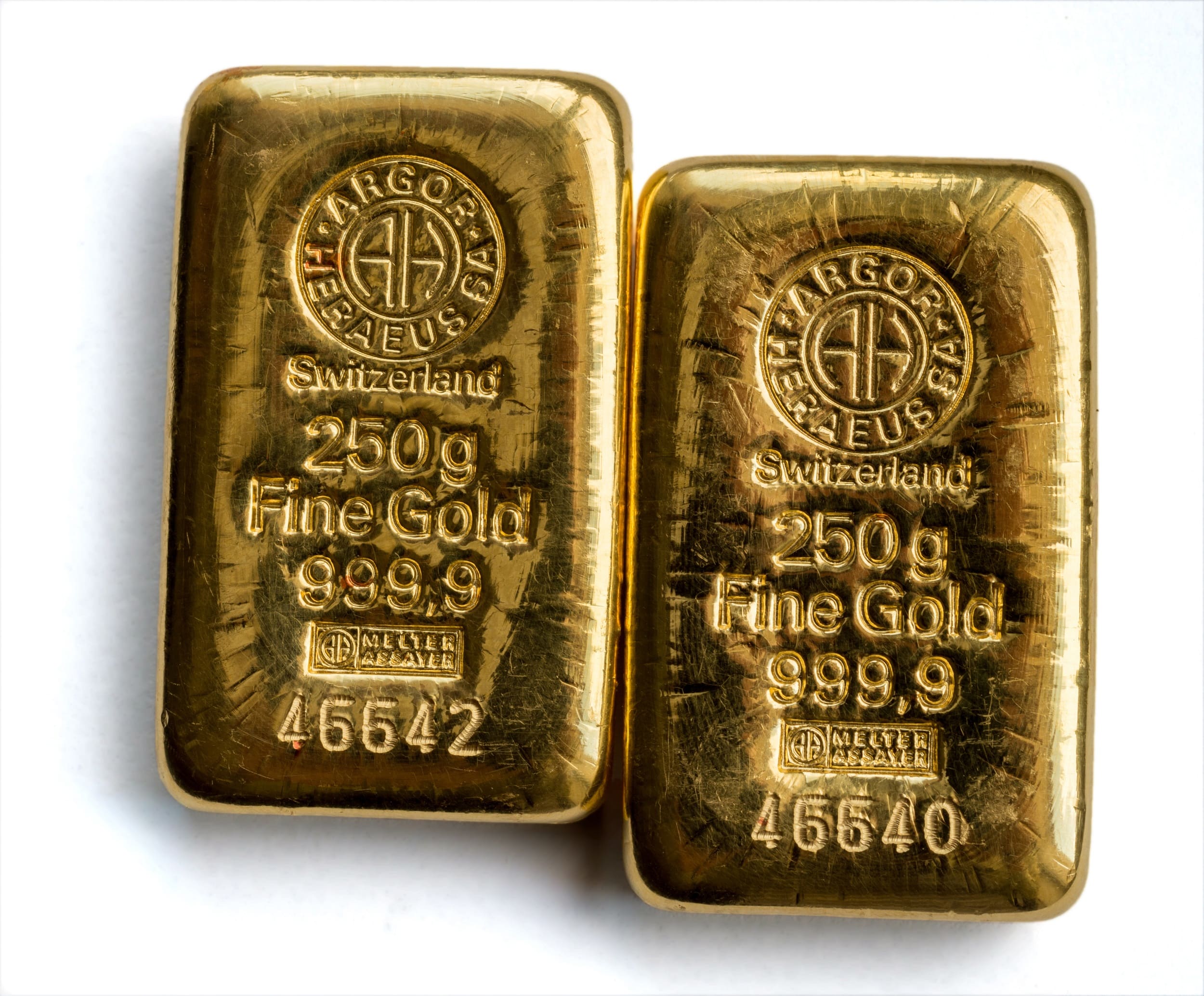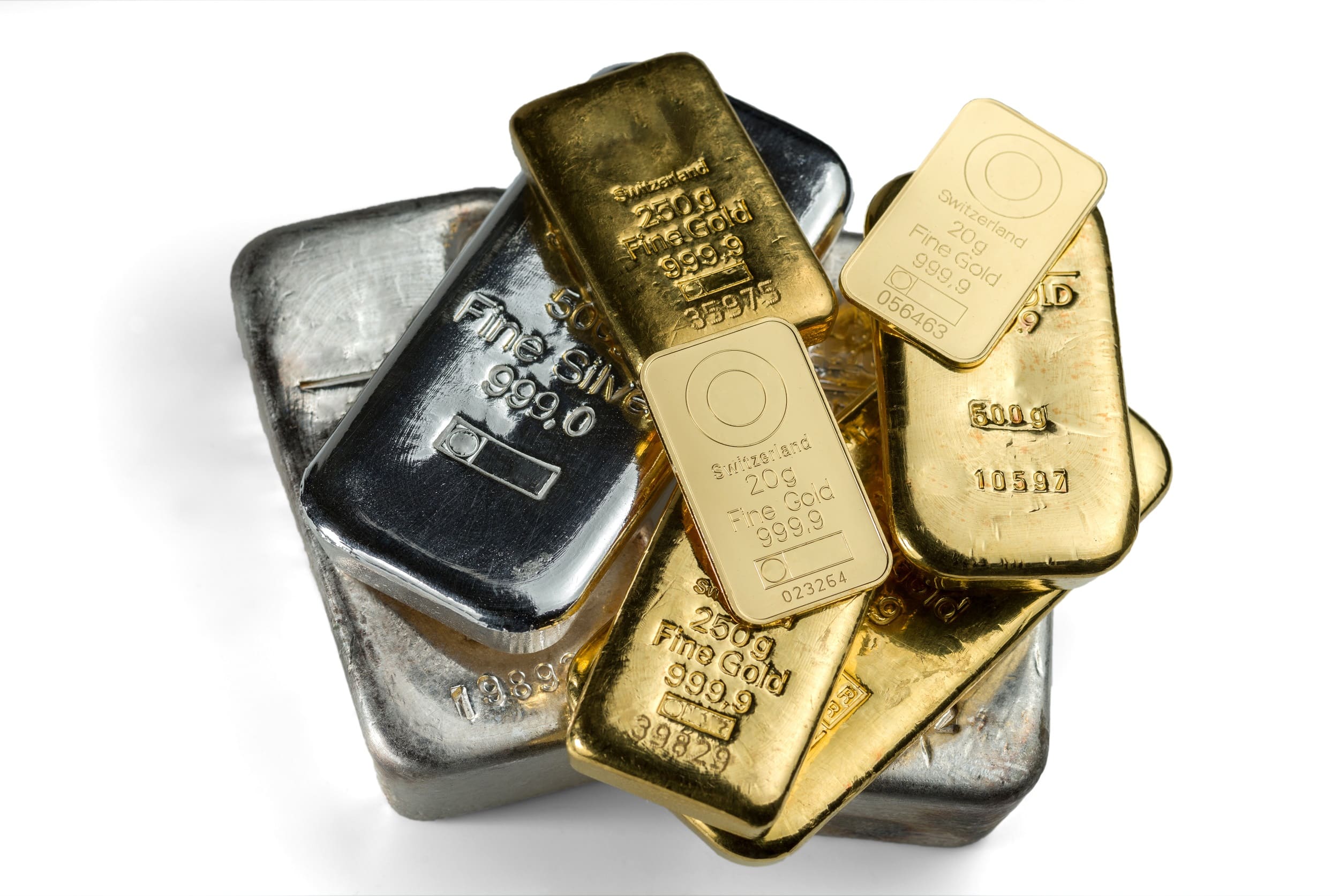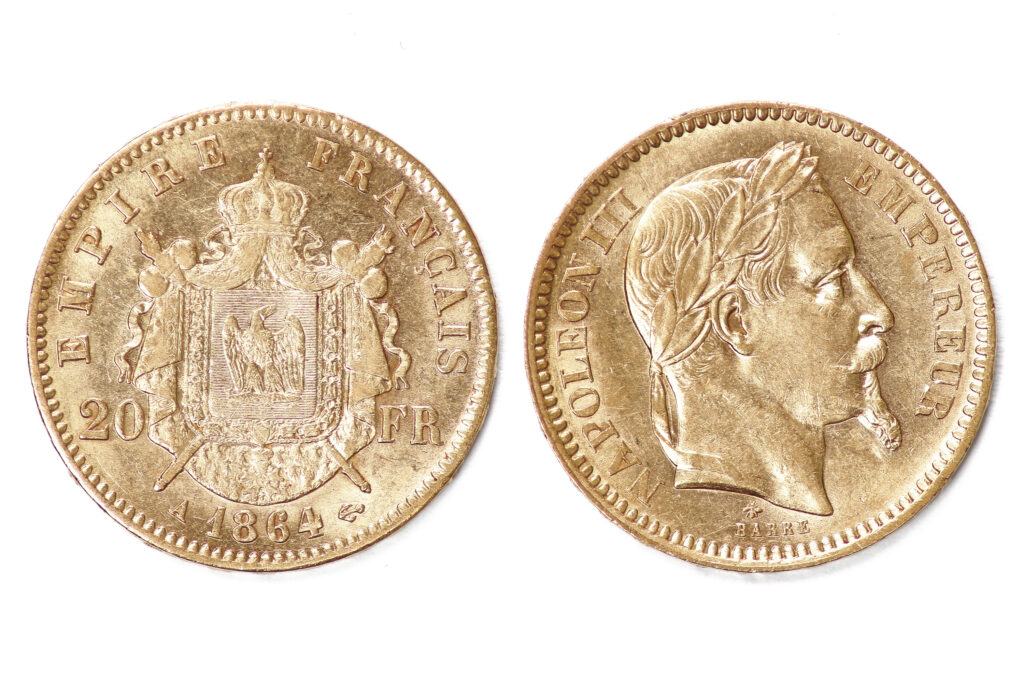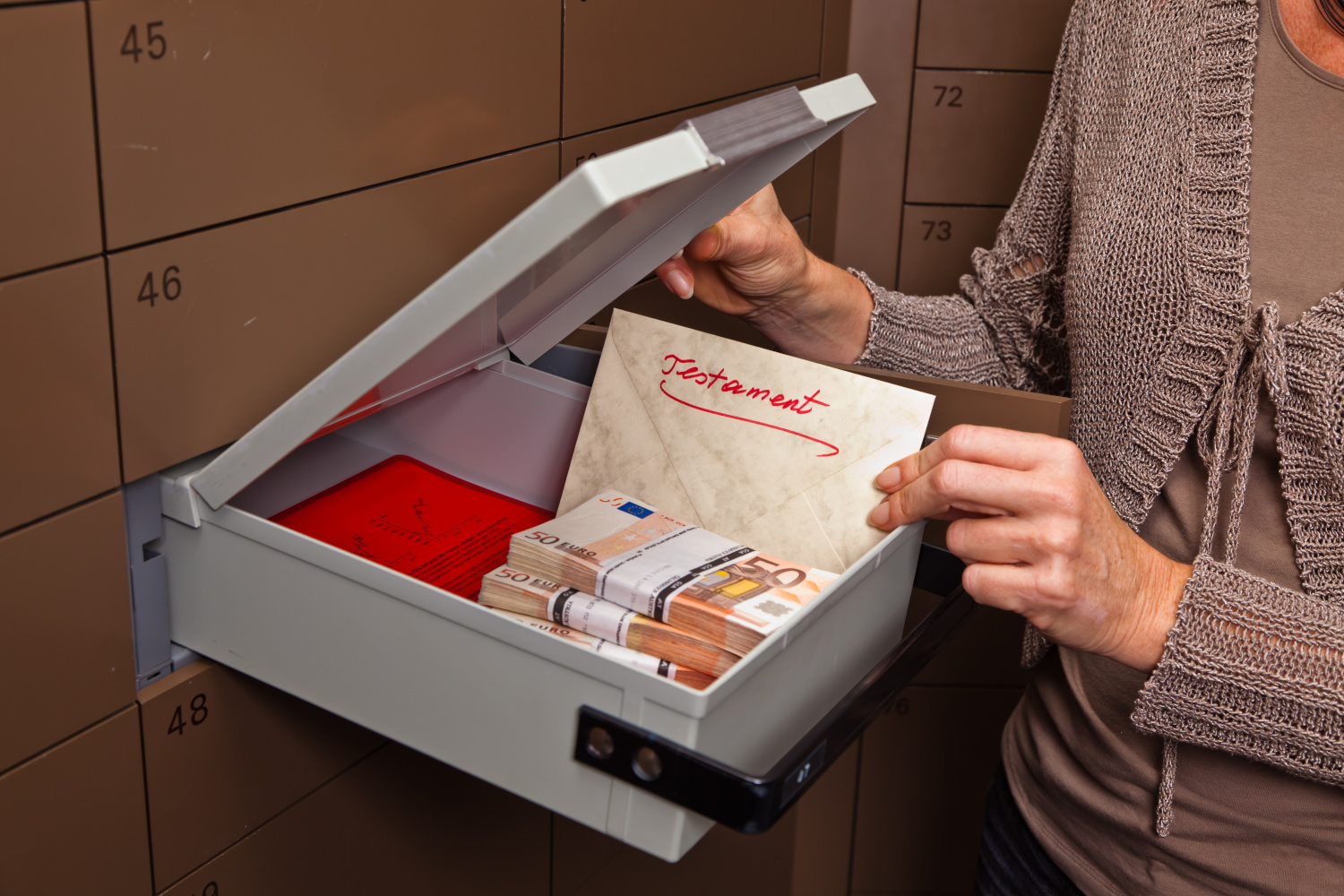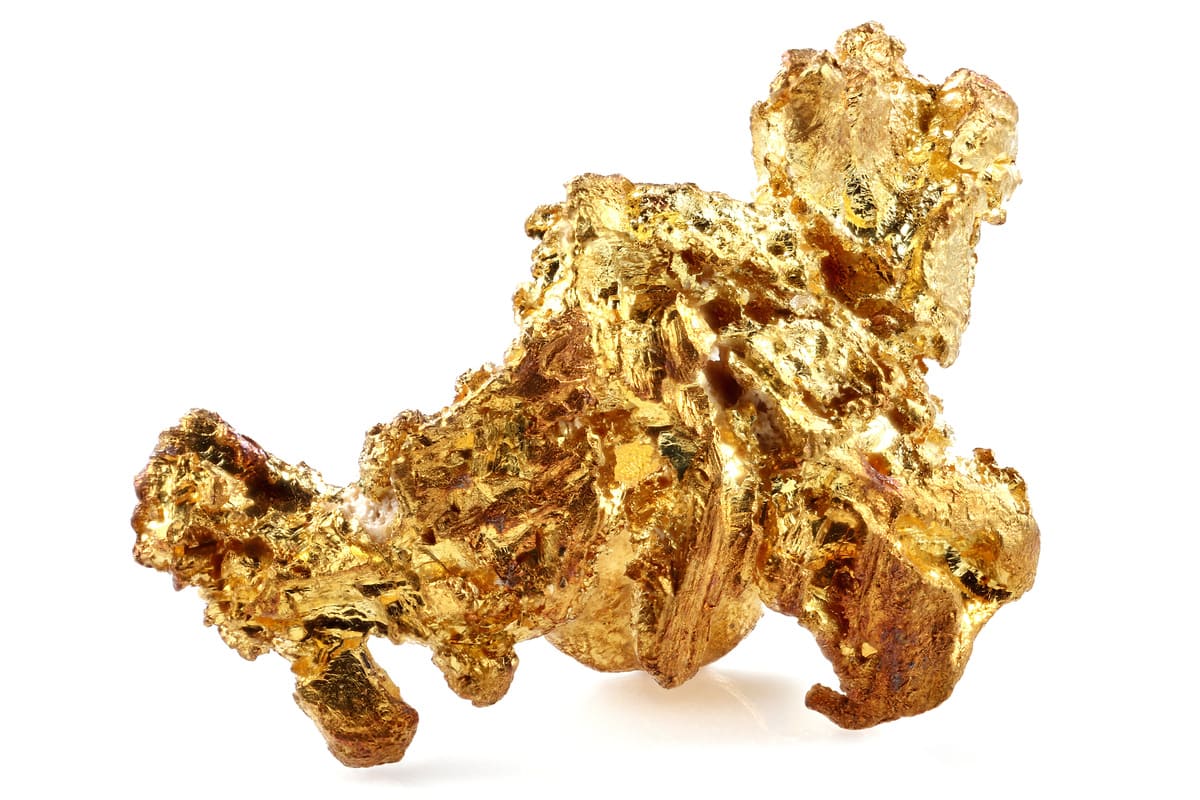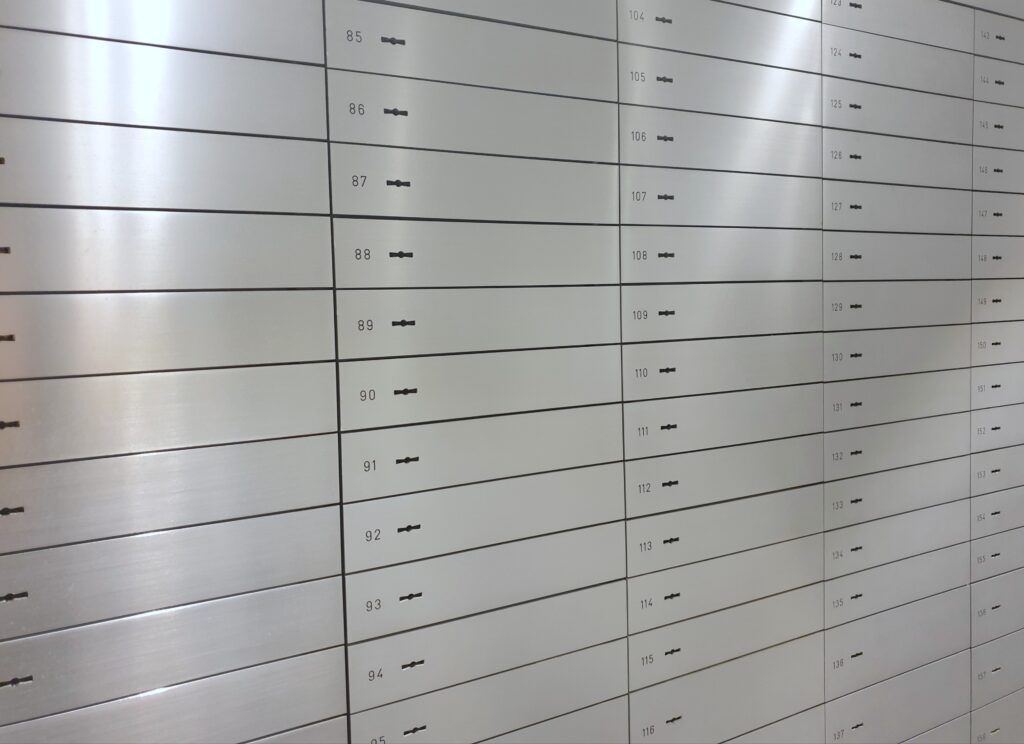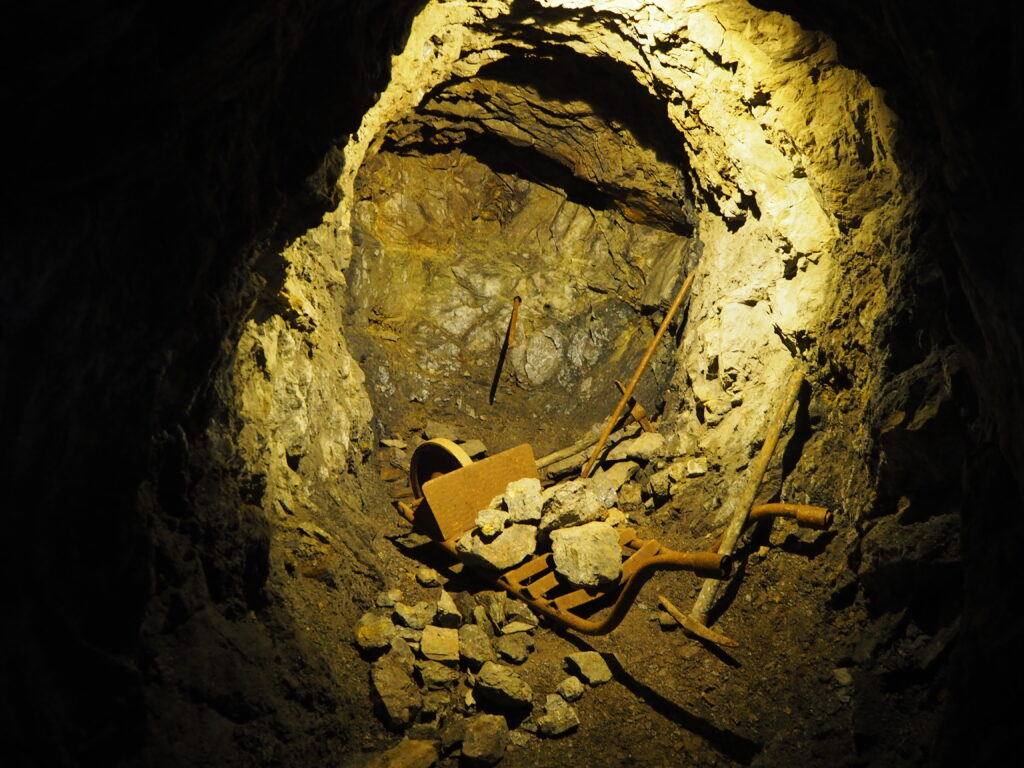Information about gold
Additional information > The fundamentals of precious metals – a broad introduction to the basic principles > Information about gold
Gold is a metal – and, more precisely, a precious metal – which is, therefore, referred to in chemistry as ‘coinage metal’. The proportion of this yellowish precious metal in the continental crust is four grams per 1,000 tons of rock, on average. [1] However, gold is not only located on dry land – it is also found, albeit in low concentrations, in seawater. Conservative estimates suggest the oceans contain 70 million tonnes of dissolved gold.
According to the most accurate estimates, around 190,040 tonnes of gold are said to have been mined over the entire period of human history. Two-thirds of this amount has been mined since 1950. [3] Since gold is almost indestructible, pretty much the entire amount that has ever been discovered is in existence in one form or another. This fact is demonstrated by gold’s very high stock-to-flow ratio. Unlike other commodities – such as oil or wheat, for example – gold has a huge discrepancy between its annual production and its total available stock. Today, the annual production of gold stands at about 2,600 tonnes per year. Therefore, an approximate stock-to-flow ratio of over 70 results (if you divide stock by flow, or 190,040 / 2,600). Specifically, this means that it would take about 70 years for the world’s current gold production to double the current level of stock.
Just over 40 per cent of global gold production comes from China, Australia, Russia, Canada and the United States of America. [4] The world’s deepest gold mines are found in South Africa, which is also one of the largest gold producers in the world. The shafts for the gold mines in that country extend to almost 4,000 metres into the interior of the Earth. [5]
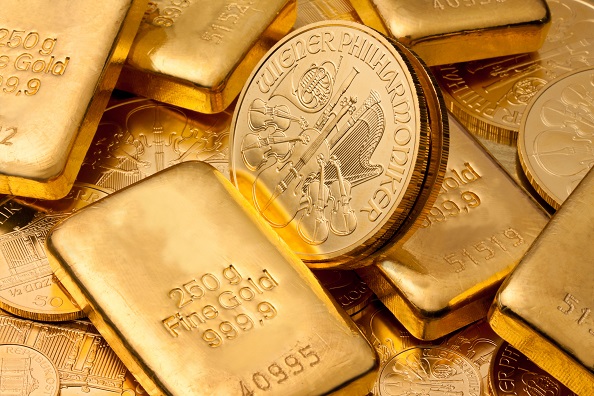
© Erwin Wodicka - stock.adobe.com
While the mining of gold is spread across these countries, five of the eleven largest European gold refineries are to be found in Switzerland. Namely, three of these refineries are: Argor Heraeus in Mendrisio, Valcambi in Balerna and Pamp in Castel San Pietro. These are all headquartered in the southern canton of Ticino, situated near to the border with Italy. The remaining two Swiss refineries are located in western Switzerland: on the one hand, there is Metalor in Neuchâtel and, on the other, there is Cendres Métaux in Biel. [6]
Most often, molten gold is either formed into bars of different sizes or into coins of differing denominations. Bars are also available as ingots and as so-called combibars. There are a number of gold coins, too. The most well-known are outlined below in brief.
The Krugerrand: This gold coin is likely to be among the oldest bullion coins to still be minted. It has been produced since 1967 by the South African Mint in Pretoria. On the front is an African springbok as the emblem of the Kruger National Park. The reverse shows the image of Paul Kruger, a former South African president. Unlike most gold bullion coins, the Krugerrand is made of 916 gold. It is the addition of copper to this coin which provides it reddish hue and its greater hardness than pure gold coins offer.
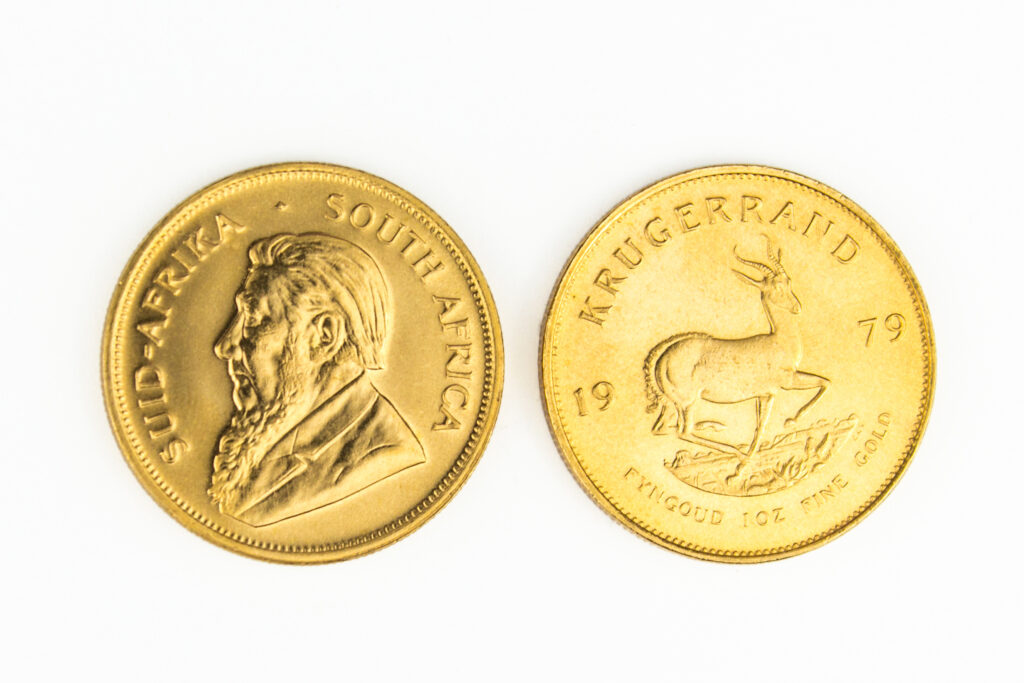
© hanohiki - stock.adobe.com
The Maple Leaf: This precious metal coin originates from Canada and, following the Krugerrand from South Africa, it is the best-selling bullion coin around. The name of the gold coin comes from the Canadian Sugar Maple tree. Since the Maple Leaf is very soft and not very resistant to physical stress, it is more likely that it is intended to be kept for investment purposes than for use as a means of payment.
The Vienna Philharmonic: As its name implies, this bullion coin comes from Austria. On the face, instruments such as a cello, violas, violins, a horn, a bassoon and a harp are shown. The reverse is decorated with an image of the legendary organ that is situated in the concert hall of the Vienna Musikverein. With a gold content of 999.9, this bullion coin is very soft as it embodies pure fine gold.
The Britannia: Since 1987, the Britannia, the female personification of the country of Great Britain, has adorned this gold coin. One ounce has a fineness of 999.9 gold content. This coin is issued by the British Royal Mint.
The China Panda: Issued on behalf of the Chinese government since 1982, the China Panda bullion coin has a name that reflects the fact that its front shows the endangered Chinese panda bear. The fineness of this piece is 999 gold per 1,000 parts. One thing to pay particular attention to is the fact that, in 2016, the weight of the coin was changed from the traditionally common troy ounce (31.103 grams) to a ‘smooth’ coin of exactly 30.00 grams.
The Kangaroo Nugget: Until 1989, the front of this bullion coin showed a nugget. These days, the Australian kangaroo is depicted. The change is said to have taken place because a bullion coin with an animal motif is simply thought to sell better. On the back of the coin is an image of Queen Elizabeth II. The fineness of this Australian gold coin is 999.9 per 1,000 parts.
The American Eagle: The United States – or, more correctly, its Mint – also issues a bullion coin, known as the American Eagle. For the coin’s image, the bald headed eagle was chosen – this creature is the heraldic animal that represents the United States of America. The fineness of the coin amounts to 916.67 per 1,000 parts. On the back of this bullion coin, the personification of freedom – known as Lady Liberty – is depicted.
As previously mentioned, only the most commonly issued gold coins are listed here and there are a variety of other ones to choose from. All bullion coins chosen for investment have their own characteristics in the end. As such, which coin you decide upon as an investor depends on your own personal preferences.
In the main, there are three possibilities for the safe storage of gold: In its physical form, gold could be stored at home. In addition, there is the option to store gold with a bank or at a provider of a secure deposit storage facility that is independent of the banking system, as is the case with Swiss Gold Safe. Its facilities are suitable for the secure storage of gold bars, coins and even gold granules.
One of the advantages of gold is that it is almost indestructible. In addition, it has a high density of value that allows great sums to be stored in a very small space. At the same time, gold enjoys a widespread global acceptance as a currency. This means that the yellow precious metal has an extreme liquidity, something which is also reflected in the fact that very small spreads occur in gold. In other words, the purchasing and the selling prices of gold are usually very close to one another.
The disadvantages of gold include its high transactional costs for transportation, in particular. What’s more, gold is criticised again and again as an investment choice because of the fact that, unlike other assets, it does not yield any interest. While stocks and bonds may generate dividend or interest payments, gold investors can typically only make a profit against currencies through valuation growth. Essentially, this means being able to sell their stock of precious metal at a more expensive price than that at which they had bought it.
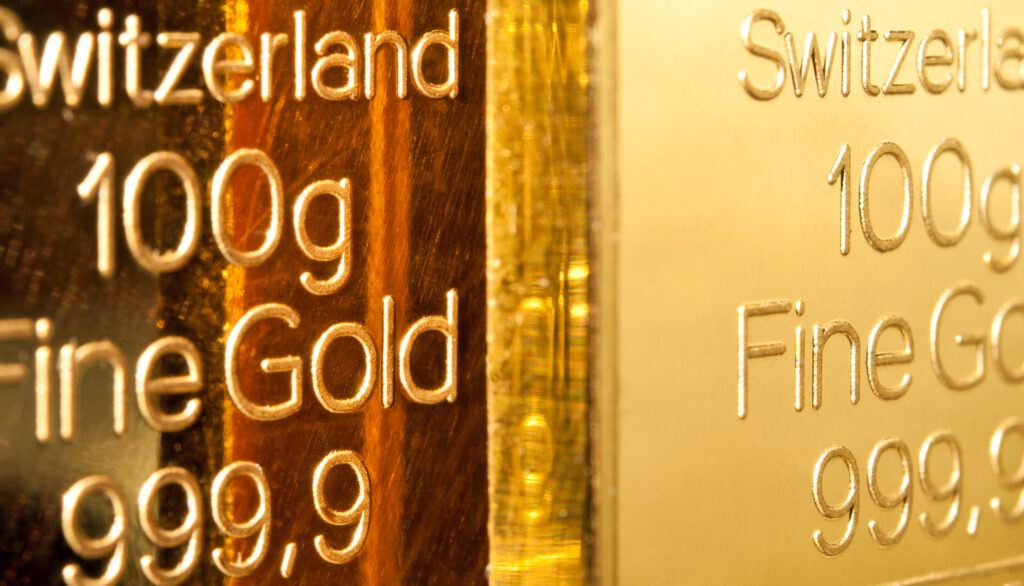
© Ded Pixto - stock.adobe.com
[1] David R. Lide (Hrsg.): CRC Handbook of Chemistry and Physics. 90. Auflage. (Internet-Version: 2010), CRC Press/Taylor and Francis, Boca Raton, FL, Geophysics, Astronomy, and Acoustics; Abundance of Elements in the Earth’s Crust and in the Sea, S. 14-18.
[3] https://www.gold.org/about-gold/gold-supply/gold-mining/how-much-gold
[4] United States Geological Survey: World Mine Production and Reserves January 2017
[5] https://www.goldreporter.de/goldsuche-extrem-sudafrikaner-wollen-auf-5-000-meter-runter/gold/6101/
[6] https://www.20min.ch/finance/news/story/Schweiz-gehoert-zu-den-groessten-Goldverarbeitern-29921503


